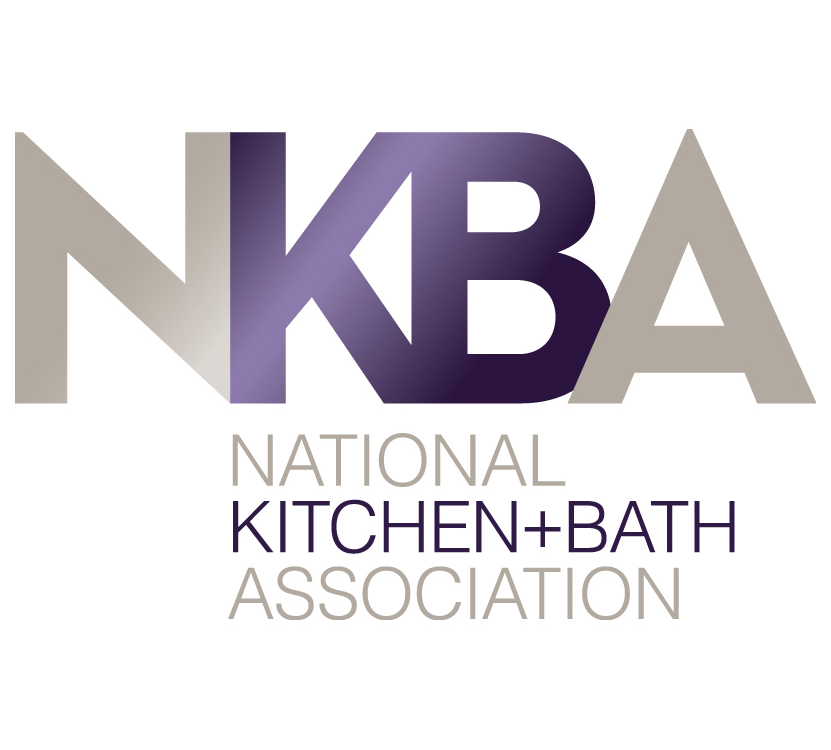
Quartz is a very stain-resistant material, but it is not stain-proof. While daily maintenance is easy with warm water and mild soap, it’s important to know how to remove stains from quartz without damaging your countertops, backsplashes, and other surfaces. In today’s blog, Cosmos SurfacesTM takes a look at what substances can stain your quartz and how to safely remove them.
How to Remove Stains from Quartz Without Damaging It
Mild cleaners may be insufficient for some tenacious stains. Yet harsher cleaning agents, as well as sponges and scrubbing pads, have the potential to damage quartz surfaces. Manufactured quartz consists of quartz particles surrounded by polyester resin filler. While the quartz particles are hard and resistant to scrubbing action, the filler around it can be damaged more easily. Manufactured quartz will handle stains and cleaning attempts differently based on its color, finish, pattern and composition. Darker colors and busier patterns tend to make stains appear less visible. A honed quartz surface will also show stains more readily than a polished quartz surface. These are some things to consider when choosing quartz for kitchens and bathrooms.
What NOT to Use on Quartz:
- Highly acidic or alkaline cleaners
- Nail polish removers
- Oven cleaning solutions
- Turpentine
- Drain cleaners
- Bleach
- Any product containing bleach, methylene chloride, or other harsh chemicals
Common Stain Offenders and How to Clean Them:
- Hot sauce
- Brightly colored spices like turmeric, curry powder and paprika
- Permanent marker
- Food coloring
- Colored makeup
Permanent marker and food coloring can produce the most persistent stains on quartz. For removing permanent marker, Bar Keeper’s friend and a sponge work well to remove stains without damaging the finish. Food coloring stains can be tougher. Small amounts of Bar Keeper’s friend or rubbing alcohol and the scrubby side of a non-scratch kitchen sponge can lighten food dye stains.
Best Sponges and Cleaners
For other substances, like food stains, the most successful cleaning method is a non-scratch kitchen sponge along with a non-abrasive cleaner (like warm water and mild soap). You can also use a Magic Eraser (works well on honed surfaces) or surface cleaning wipes (with no bleach). Heavy-duty scouring pads and more abrasive cleaners can damage the resin filling, or scratch and haze the surface. Keep in mind that different brands and types of quartz surfaces will react differently to cleaning products and chemicals. It’s always a good idea to check with your manufacturer to see which method works best for your particular product.
If you have more questions about how to remove stains from quartz, or about our quartz products, please contact us today! Cosmos SurfacesTM brings years of industry experience to the table, and we are always happy to help.
Color of the Month: Cinnamon Stick
This month’s featured trending color is Pantone 18-1345, Cinnamon Stick! The Pantone Color Trend Report says, “Earthy and warm, Cinnamon Stick is sweet yet spicy.”

Striking red and black, Cardinal Red brings to mind the feathered plumage of its namesake bird. In swirling waves of texture, this Brazilian quartzite has layers of crystalline white and gray, giving it a uniquely high degree of variance. The deep reds and blacks of Cardinal Red complement both black and silver and look wonderful in kitchens and as feature walls. Quartzite is resistant to scratching, staining, and fading, while its beauty is unmatched.












